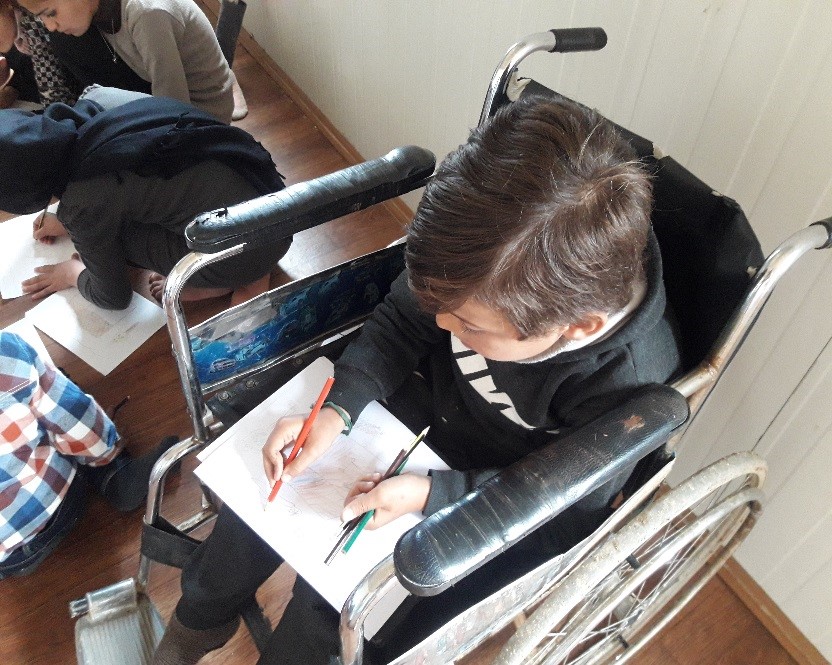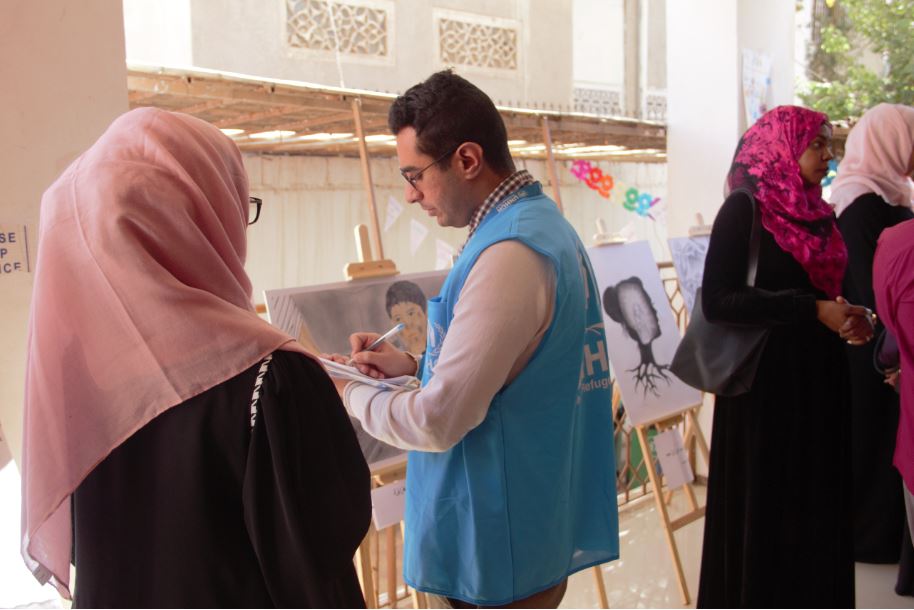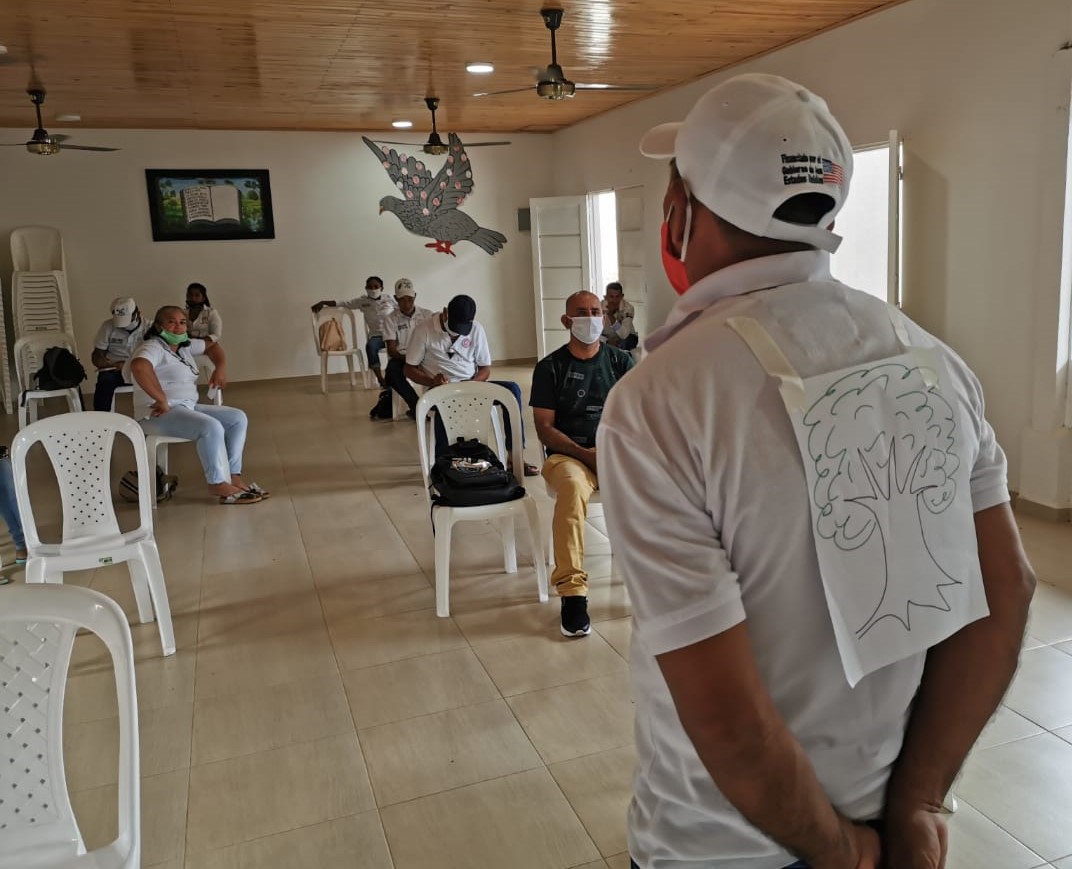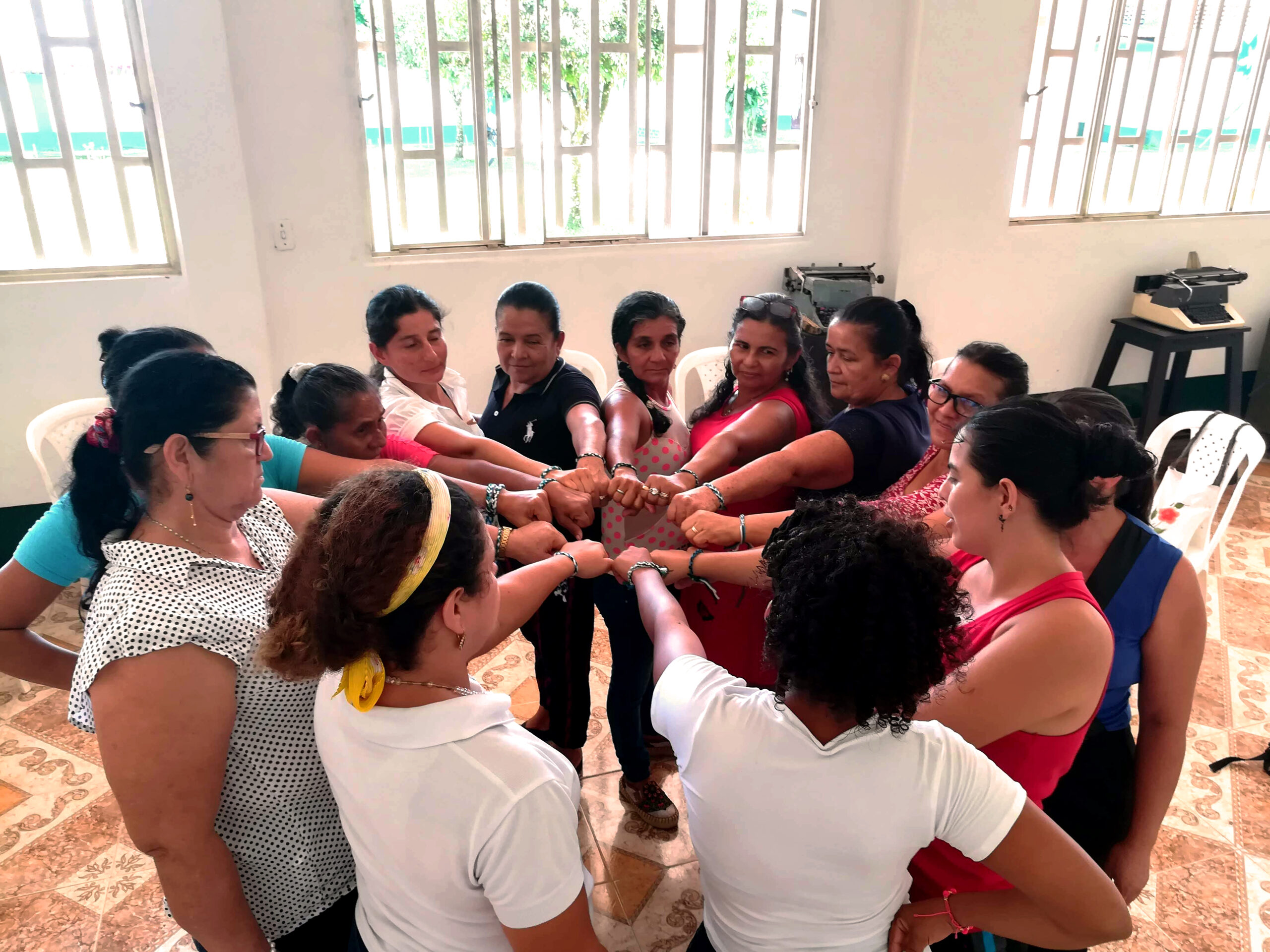There are many reasons people are forced to flee their communities, including war, famine, natural disasters, and political conflict. When people leave home, refugees and internally displaced people become more vulnerable to abuse, coercion, and violence—creating a scary reality where the act of seeking out safety brings a new set of dangers.
When people are newly displaced, humanitarian workers aim to support them with a focus on reducing risks, minimizing exposure to threats, and increasing each individual’s ability to cope with their new reality. This focus, summed up as “protection,” is central to everything we do.
“Through protection, we shelter and defend from harm—and vulnerable people need the most protection,” said Duaa Ayad, a Protection Officer in Iraq. “We also ensure the full and equal respect for the rights of individuals, regardless of age, gender, ethnicity, or social or religious background.”
“Protection is about improving safety, well-being, and dignity for crisis-affected populations,” added Zhelwan Hussain, a Senior Field Officer in Iraq. “Protection refers not only to what we do but the way we do it. It involves actively applying core protection principles and responsibilities to our humanitarian work across all sectors.”
This centrality of protection means that efforts are tailored to the specific needs of a displaced community. Teams engage women, men, and children to hear their concerns and learn what is needed for their well-being. Protection teams spend a lot of time asking questions and listening, with a particular focus on the most vulnerable of the vulnerable, including children; people with disabilities; religious and ethnic minorities; and the elderly.

Boy participates in art classes for children in northeast Syria
“We adopt a community-based approach in a way that respects the customs and traditions of the community, with an attempt to show that some customs and traditions are subject to change, but without trying to break them or impose other values that may be viewed negatively,” said Hayastan Issa, a Senior Protection Officer working in Syria.
Because of this tailored approach, protection activities can look different in different locations. Even within one site, there can be different types of activities targeting specific populations, such as those that have newly arrived, parents, or others. Teams undertake a wide range of activities, including art therapy, reading courses, empowerment workshops, vocational trainings, one-on-one or group counseling sessions, and much more. Regardless of the activity, the goal remains the same: to reduce risks, minimize exposure to threats, and build capacity to cope.

Judge walks around a youth art exhibit held in Yemen

Psychologist leads a mutual support group in Colombia
When people are newly displaced, many are traumatized and tend to isolate themselves. Protection teams are trained to talk with them, identify possible interests, and encourage engagement in some aspect of the community.
“In emergency psychosocial assistance for newly displaced families, there is growth in stabilizing their emotional distress,” said Lisa Rodríguez, a Psychosocial Rehabilitation Coordinator in Colombia. “Families express emotions associated with the fear of arriving in a new city, guilt because of the death of their loved ones, or for moving forward despite their sadness to continue their lives.”
These efforts to build up and engage individuals also help to build community ties in a camp, center, or new place that has brought together people from many different places. These community connections can start to make an unfamiliar place more comfortable, as people create new networks for support.

Women recovering from violence in Colombia weave bracelets as a symbol of their support for one another
“This contributes to enhanced trust among neighbors and governments,” said Lisa Rodríguez. “There is progress in rebuilding the social fabric of communities and communities can rewrite their stories of pain to transform them into a resource for mutual support.”
*Most photos taken prior to COVID-19 pandemic



